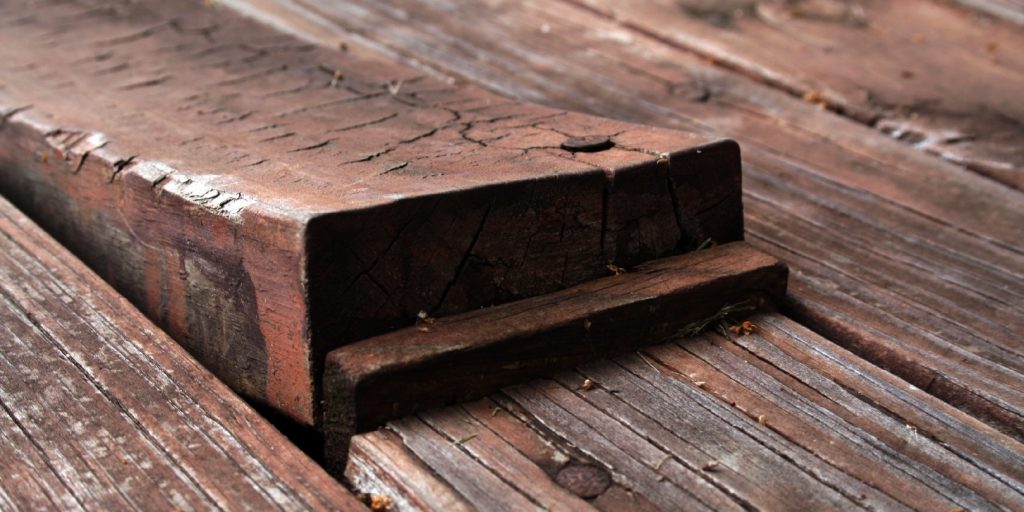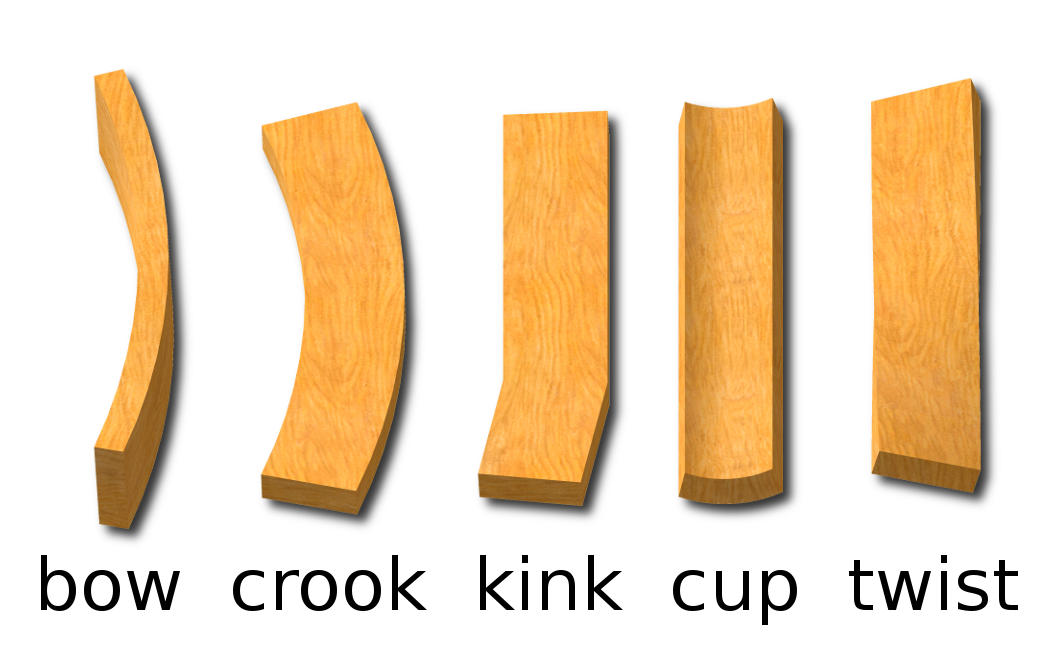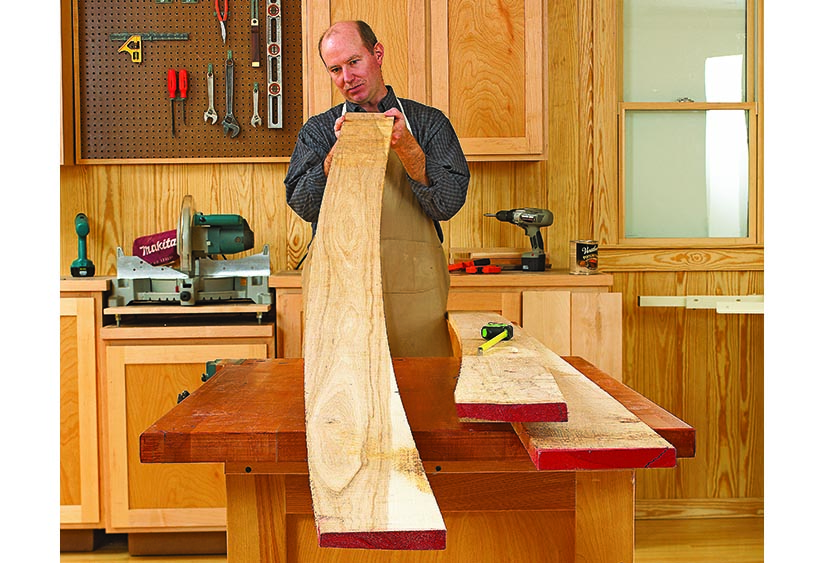Taming the Twist: A Woodworker’s Guide to Fixing Warps in Planks and Boards

Warped planks and boards can be a woodworking nightmare, disrupting the precision and beauty of your projects. However, fear not – understanding the causes of warping and mastering effective techniques for correction can save your woodwork and elevate your craftsmanship. In this guide, we’ll explore practical methods to fix warps and twists in your planks and boards.
Identifying the Culprit: Moisture Imbalance
The primary cause of warping in wood is often an imbalance in moisture content. Wood absorbs and releases moisture depending on its environment, leading to uneven expansion or contraction. To address warping, start by identifying the source of moisture imbalance. Whether it’s exposure to extreme weather conditions, inadequate drying, or improper storage, pinpointing the cause is the first step in finding a solution.
Humidity and Moisture Control
To prevent future warping, control the humidity and moisture levels in your workspace. Invest in a dehumidifier or humidifier depending on your climate. Maintain a consistent humidity level, ideally between 40% and 60%, to create a stable environment for your wood. This proactive approach minimizes the risk of future warping and preserves the integrity of your projects.
 Sunlight Shield: UV Protection
Sunlight Shield: UV Protection
Direct sunlight can exacerbate moisture imbalances and contribute to warping. Shield your planks and boards from prolonged exposure to sunlight by storing them in a shaded area or using UV protective finishes. This precautionary measure not only prevents warping but also enhances the longevity of your wood.
Rehydrating Warped Wood
For planks or boards that have already succumbed to warping, rehydration is a practical solution. Place the warped piece in a controlled environment with higher humidity, allowing it to slowly absorb moisture and regain its original shape. This process may take time, so be patient and monitor the wood’s progress regularly.

Weighted Straightening Technique
If the warp is minor, you can employ the weighted straightening technique. Wet the concave side of the warped board and place it face down on a flat surface. Apply weights evenly across the warped section and let it dry. The moisture will cause the fibers to expand, and the weights will encourage the wood to straighten as it dries.
Fixing warps in planks and boards is a common challenge faced by woodworkers, but with a proactive mindset and effective techniques, you can overcome this hurdle. By addressing the root causes, controlling moisture levels, and utilizing rehydration and straightening methods, you’ll not only fix warps but also enhance your understanding of wood behavior. Remember, patience is key – allow your wood the time it needs to regain its natural form. As you master these techniques, your woodworking projects will reflect the precision and craftsmanship you strive for.
Comments
Add comment